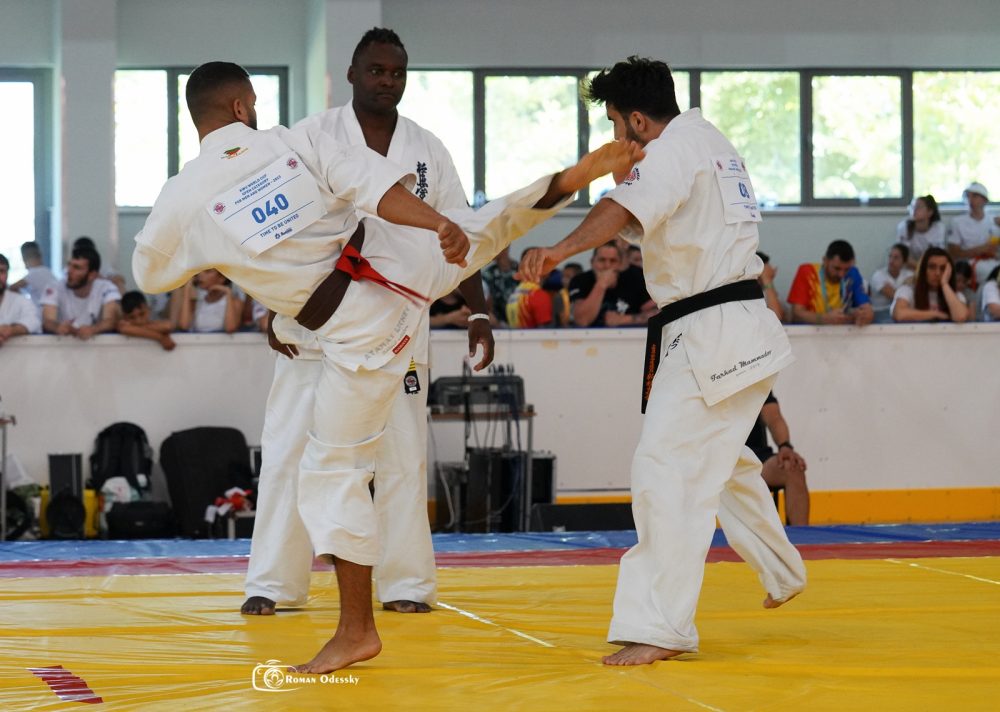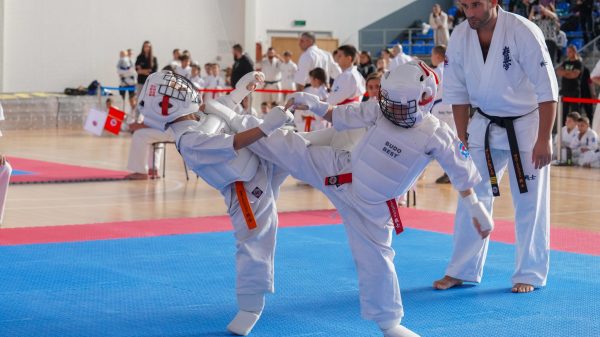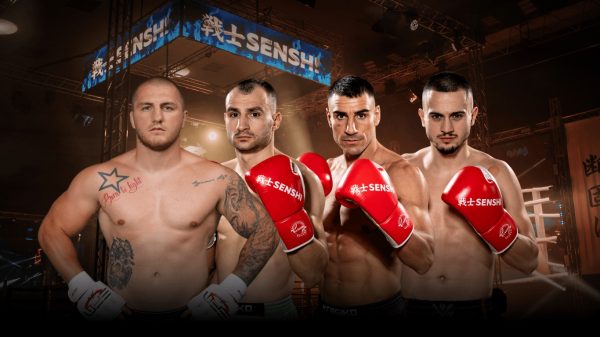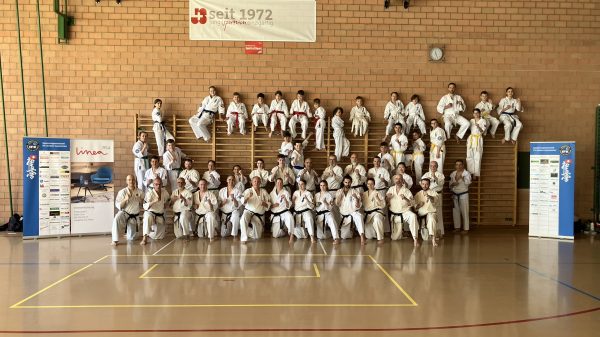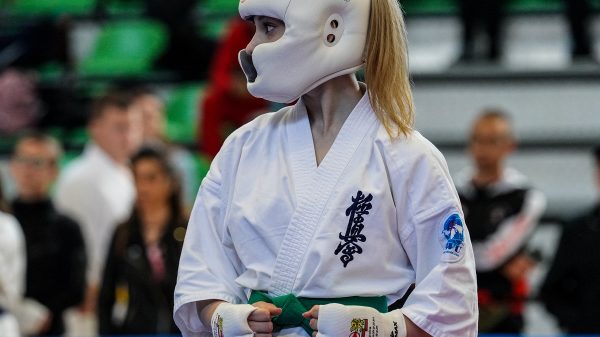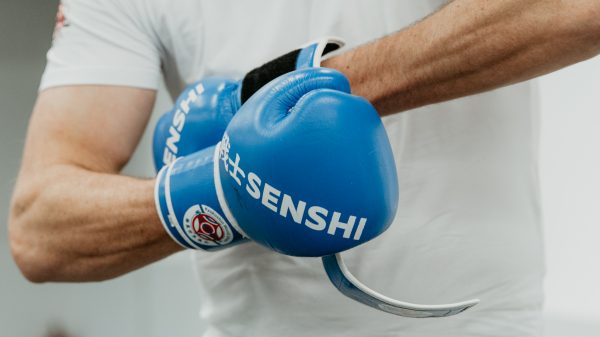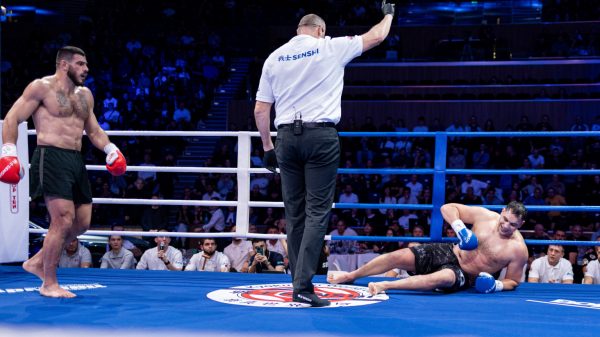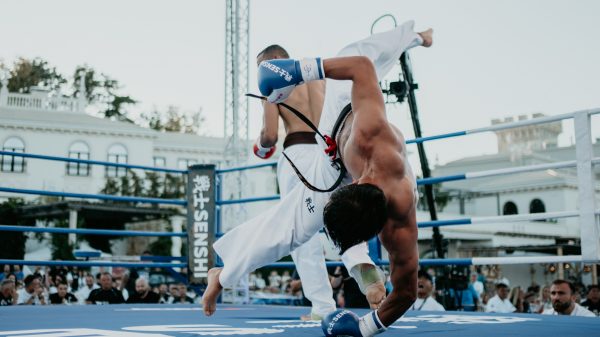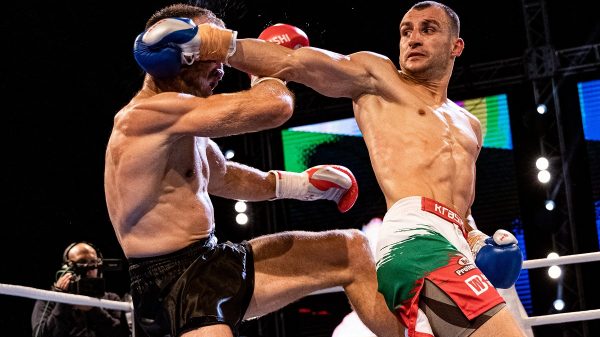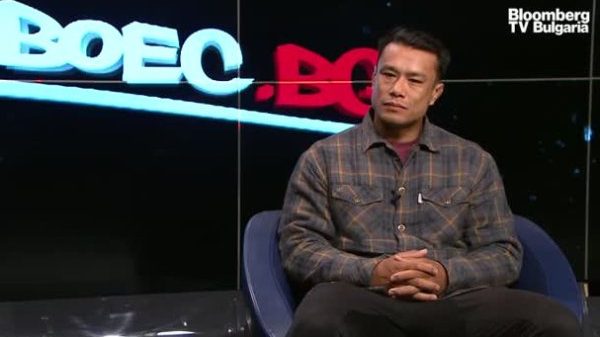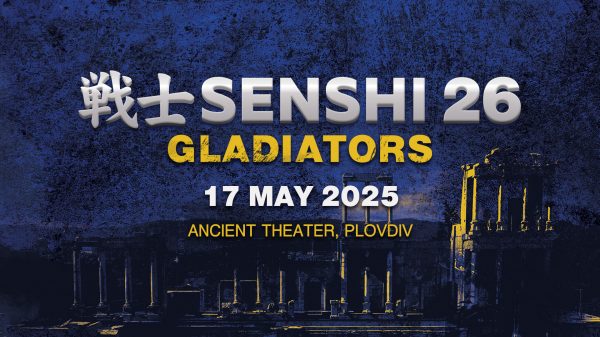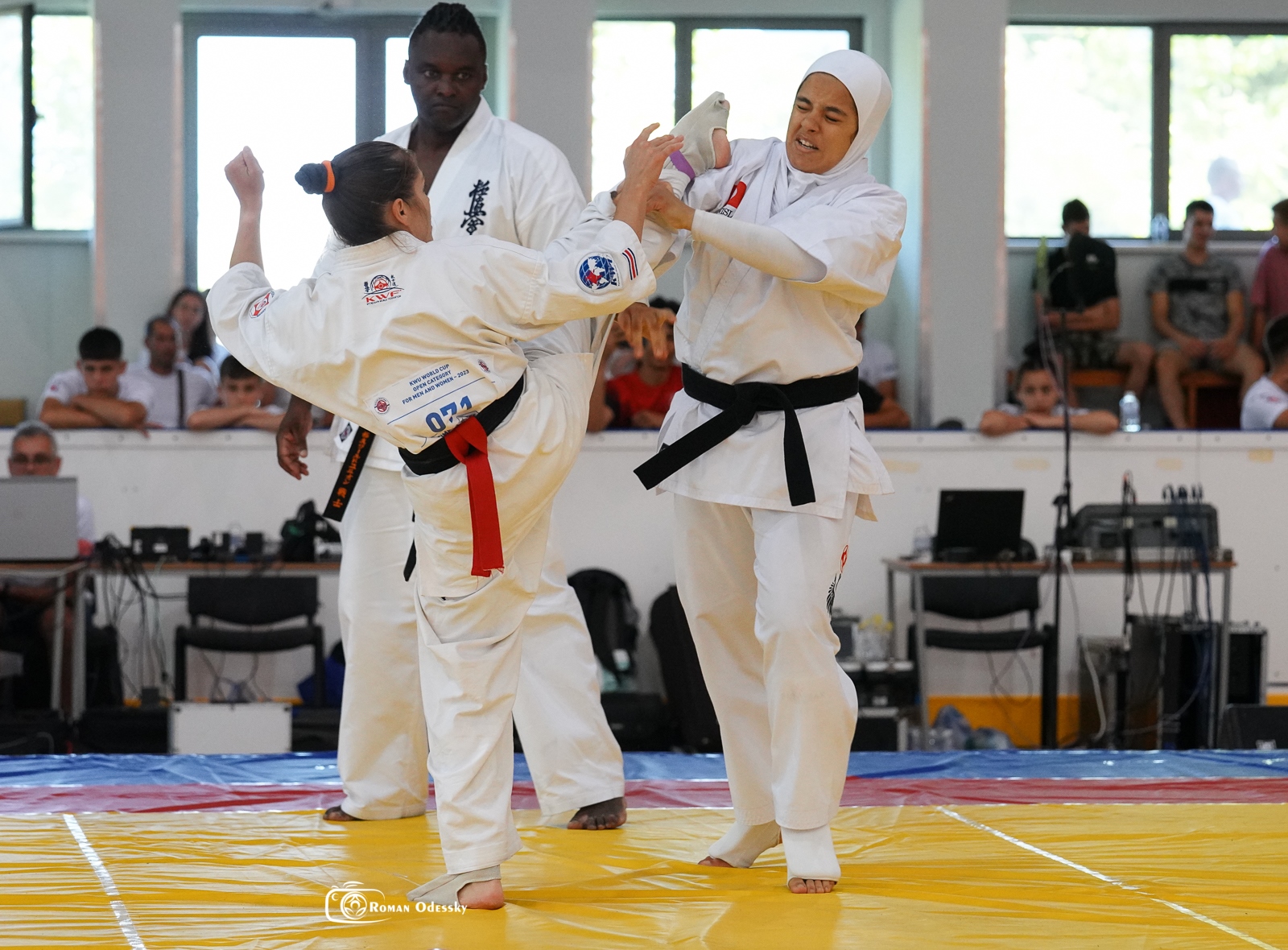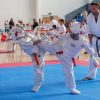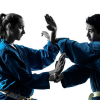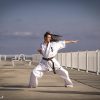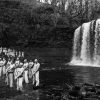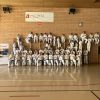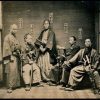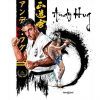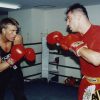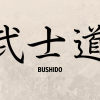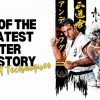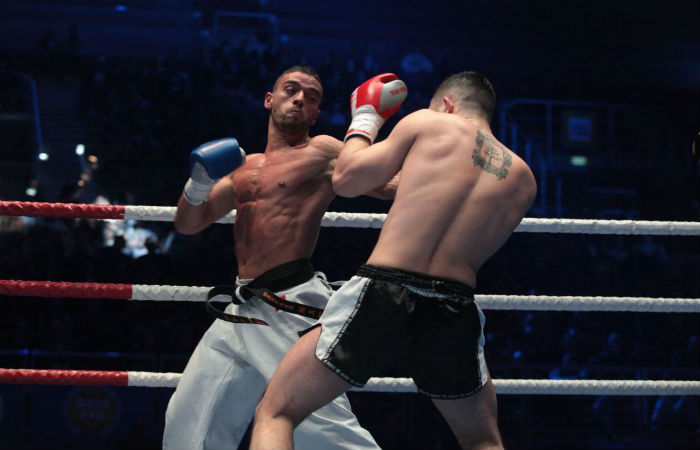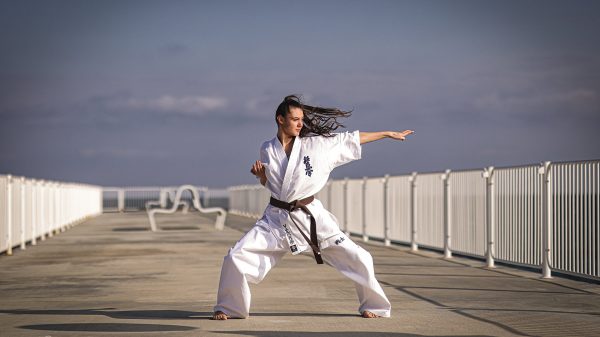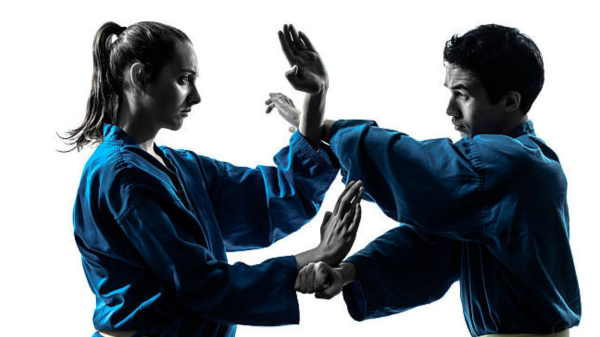Kyokushin karate and Shotokan karate are two popular styles of traditional Japanese karate, and while they share some similarities, they also have significant differences in their training methods, philosophies, and techniques. Here is a comparison of the two:
Founder and History:
Kyokushin: Kyokushin karate was founded by Masutatsu Oyama in the 1960s. Oyama aimed to create a more realistic and practical form of karate that emphasized full-contact sparring and rigorous physical conditioning.
Shotokan: Shotokan karate was founded by Gichin Funakoshi in the early 20th century. It is one of the oldest and most widely practiced styles of karate, known for its emphasis on form (kata) and precise, controlled techniques.
Sparring and Contact:
Kyokushin: Kyokushin is famous for its full-contact, no-protective-gear sparring, known as “kumite.” Practitioners of Kyokushin engage in intense and physically demanding sparring sessions, which often result in heavy contact and hard strikes to the body.
Shotokan: Shotokan karate typically involves controlled, semi-contact sparring. While practitioners do engage in sparring, the emphasis is more on technique, timing, and control rather than full-contact strikes.
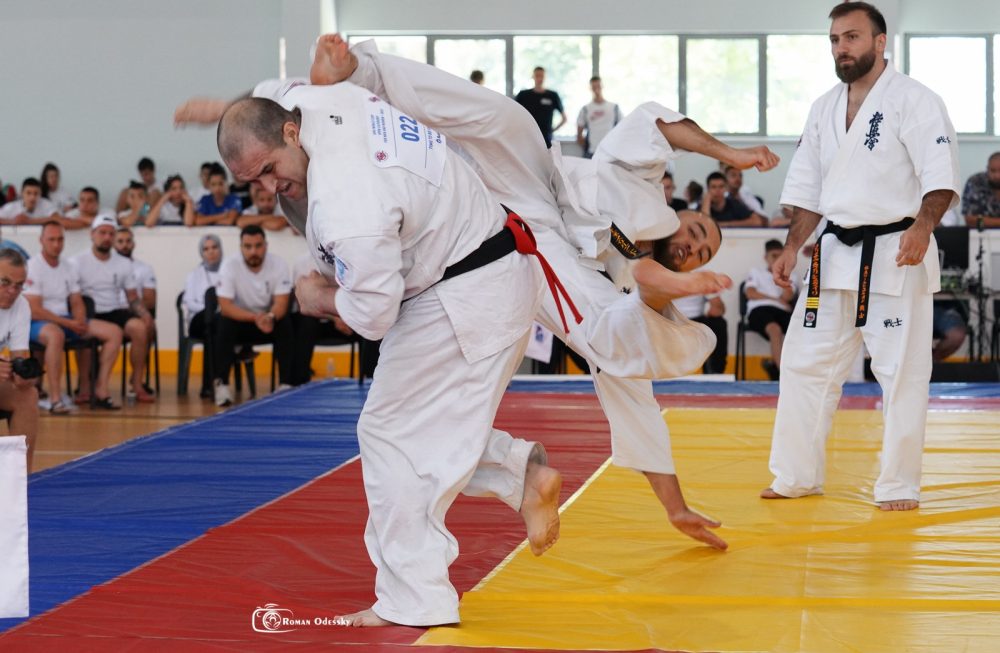
Techniques:
Kyokushin: Kyokushin karate places a strong emphasis on low kicks, strong punches, and powerful, close-quarter strikes. It also includes a variety of hand and leg strikes, similar to other traditional karate styles.
Shotokan: Shotokan karate focuses on long, linear movements and deep stances. It places importance on techniques such as high, fast kicks and well-executed punches. Kata (pre-arranged forms) are a central component of Shotokan training.
Training Methods:
Kyokushin: Kyokushin training is known for its physical intensity, including rigorous conditioning exercises, such as push-ups, sit-ups, and striking hard objects to toughen the body. It also includes sparring drills, but full-contact sparring is a central part of training.
Shotokan: Shotokan training includes kata practice, which involves memorized sequences of movements. While there is physical conditioning in Shotokan, it may not be as intense as in Kyokushin.
Philosophy:
Kyokushin: Kyokushin karate places a strong emphasis on discipline, humility, and the forging of a strong spirit through rigorous training. The “never give up” attitude and the pursuit of personal growth are fundamental principles.
Shotokan: Shotokan karate emphasizes the development of character, focusing on aspects such as respect, courtesy, and self-control. It also places importance on the “Dojo Kun,” a set of ethical principles.
It’s essential to note that both Kyokushin and Shotokan karate have evolved over time, and individual instructors and schools may incorporate elements from other martial arts or adapt their training methods to suit their specific goals. Ultimately, the choice between these two styles often comes down to personal preference and training objectives, as they offer different approaches to martial arts training.
